[LUM#2] Diving on the Moon
After centuries at the bottom of the sea, the Lune, a warship in the fleet of Louis XIV, is now available to archaeologists, thanks to underwater robots developed at the Montpellier Laboratory of Computer Science, Robotics and Microelectronics (Lirmm).
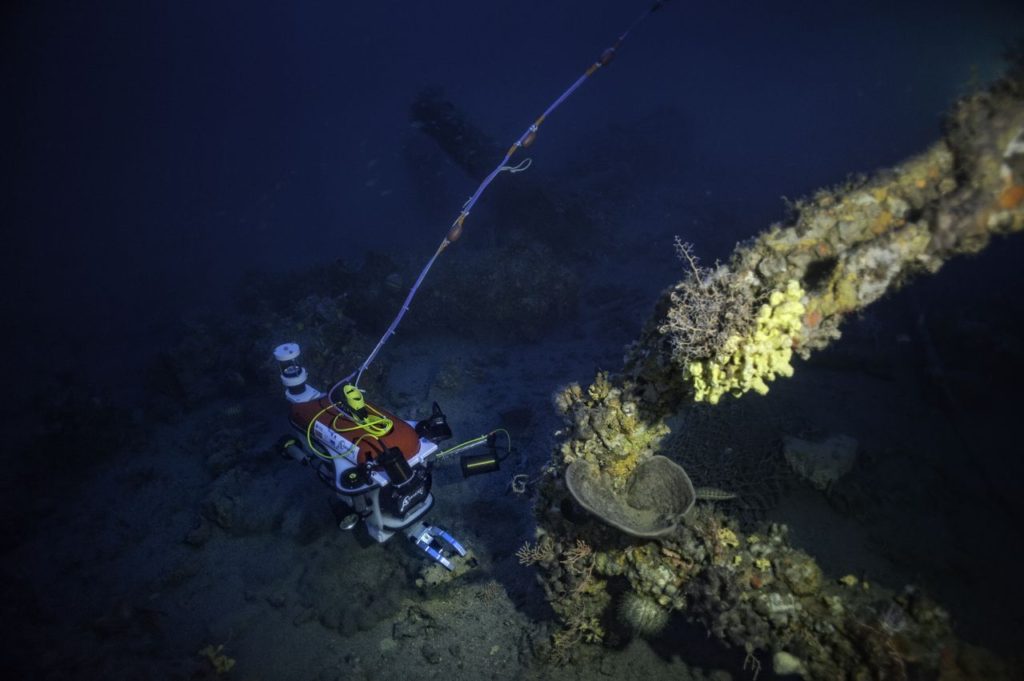
La Moon lies at the bottom of the sea. This warship of Louis XIV's fleet sank in 1664 off Toulon, taking with it weapons, crockery and the crew's personal effects - precious witnesses of a bygone era that lie 90 meters below the surface. A treasure trove for archaeologists. And a challenge for researchers: " At depths of over 50 meters, wreck excavation by divers becomes too dangerous and complex," explains Vincent Creuze, a researcher at the Montpellier Laboratory of Computer Science, Robotics and Microelectronics. The solution? Underwater robots like Speedy. Equipped with cameras, he is the archaeologist's eyes. But also his hand. " Speedy is equipped with an articulated hand fitted with a pressure sensor ," explains the expedition's scientific director. A robot full of finesse that can pick up a fragile plate by squeezing it just enough to keep it between its metal fingers without breaking it. A world first. And the start of a new era for underwater archaeology, which will now be able to explore ever deeper wrecks.
To find out more :
- Also read: 2000 years under the sea
- Listen to the podcast Archaeology robots at the Montpellier herbarium
The Corsaire Concept project is led by the DRASSM (Département des Recherches Archéologiques Subaquatiques et Sous-Marines of the French Ministry of Culture and Communication) in partnership with Lirmm (UM-CNRS), which provides scientific direction, the Institut PPRIME (CNRS), Stanford University, ONERA, the GDR Robotique and the ANR SEAHAND project.
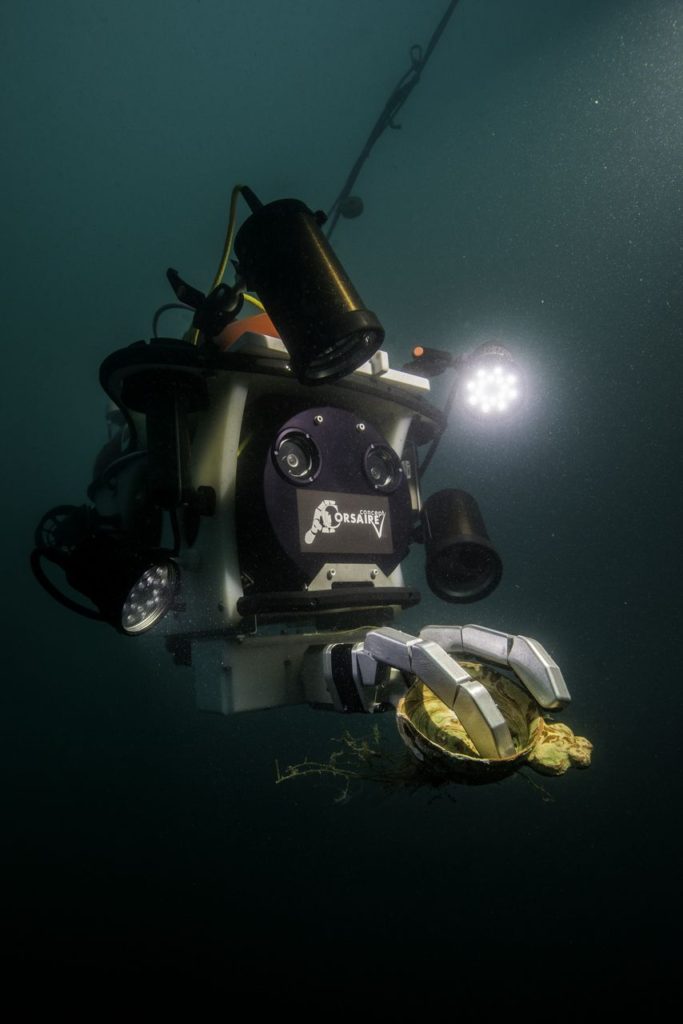
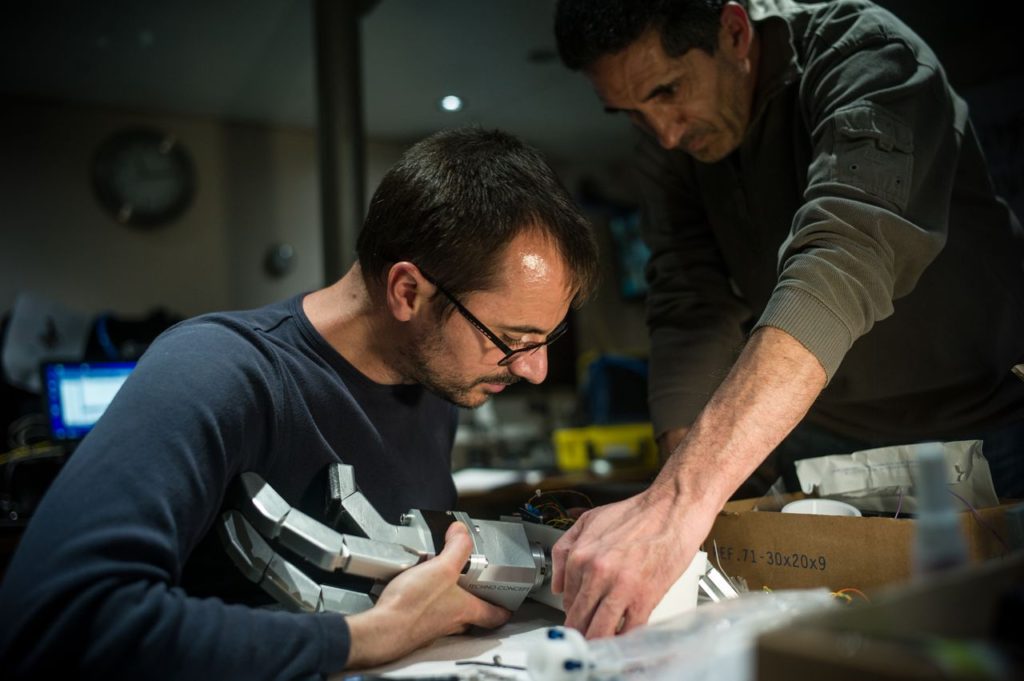
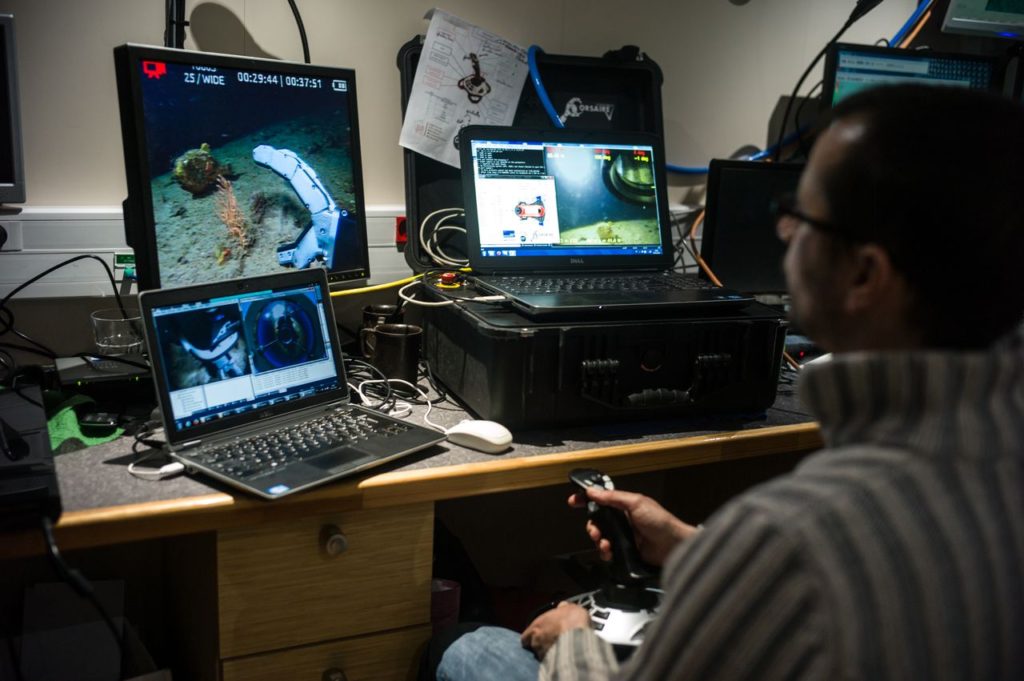
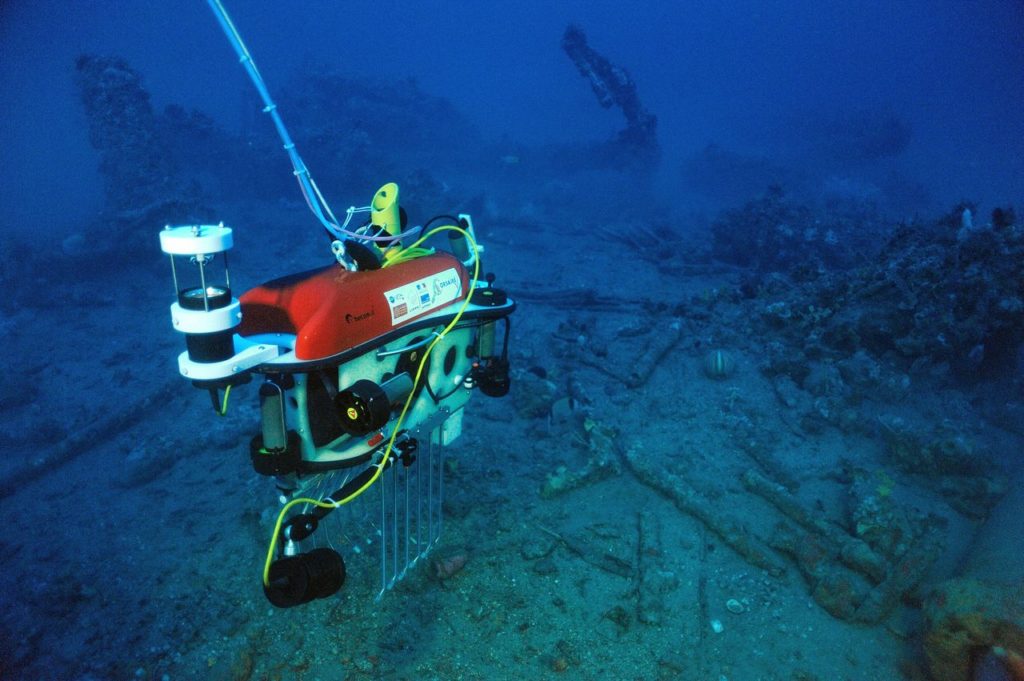
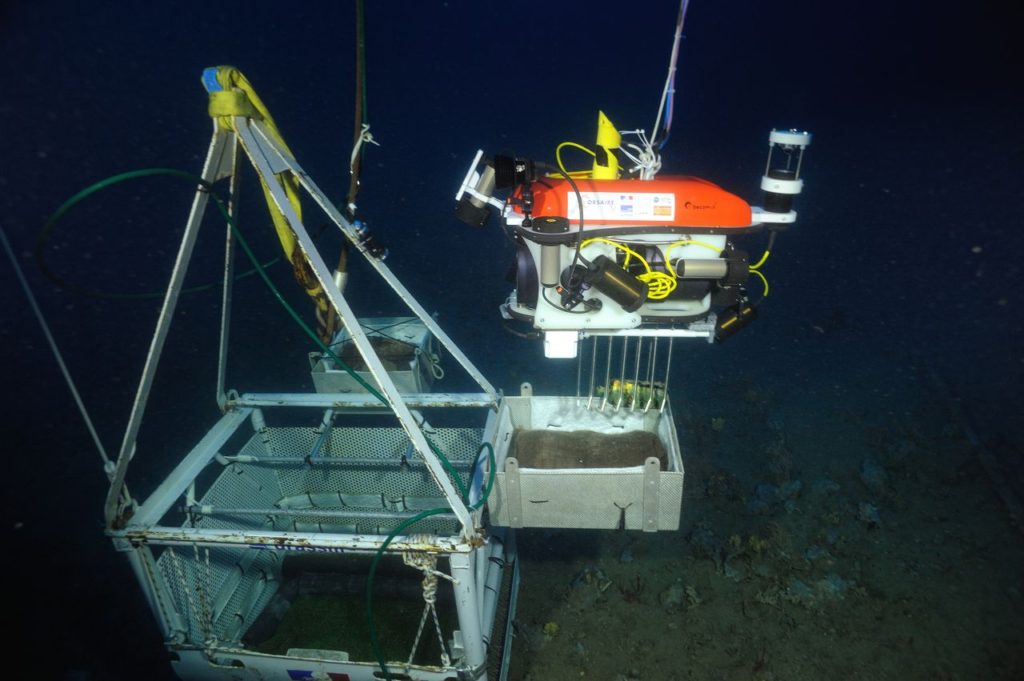
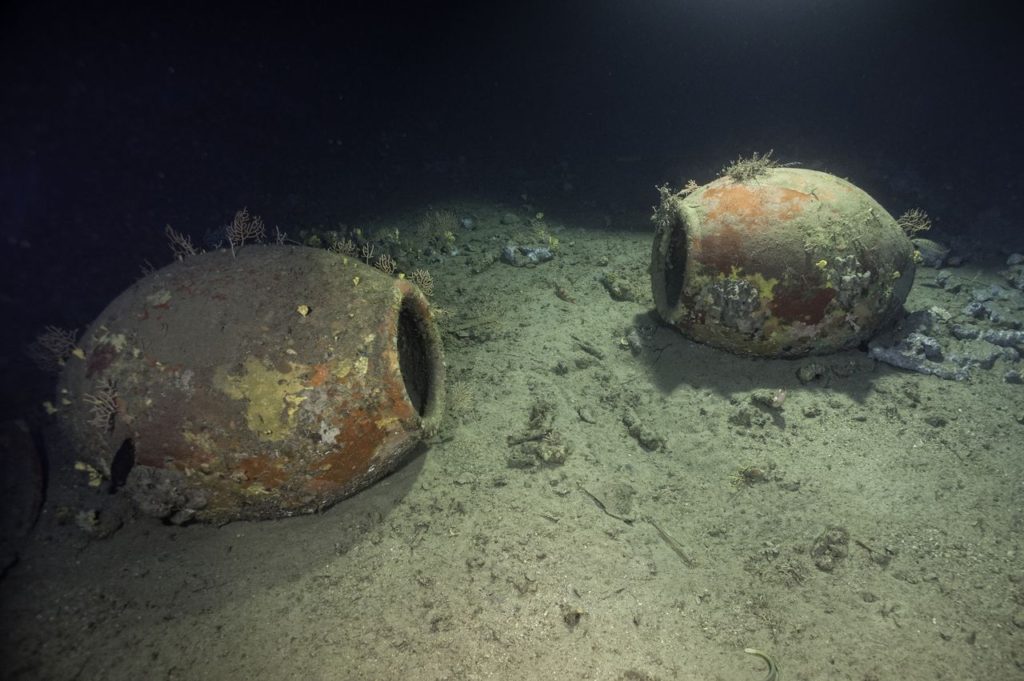
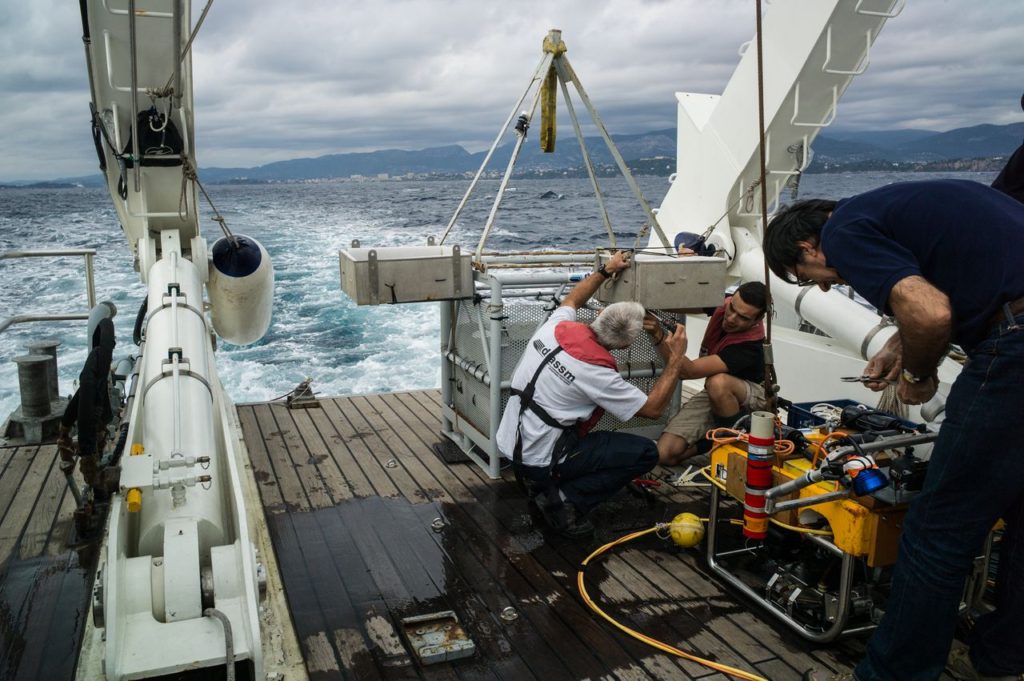
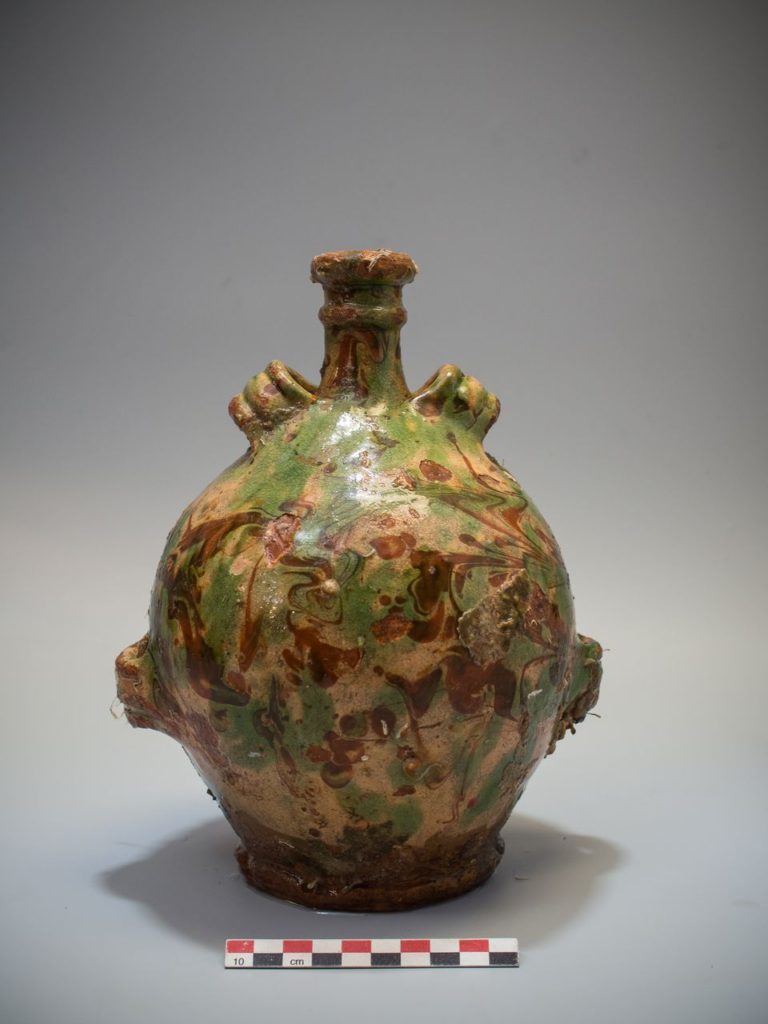
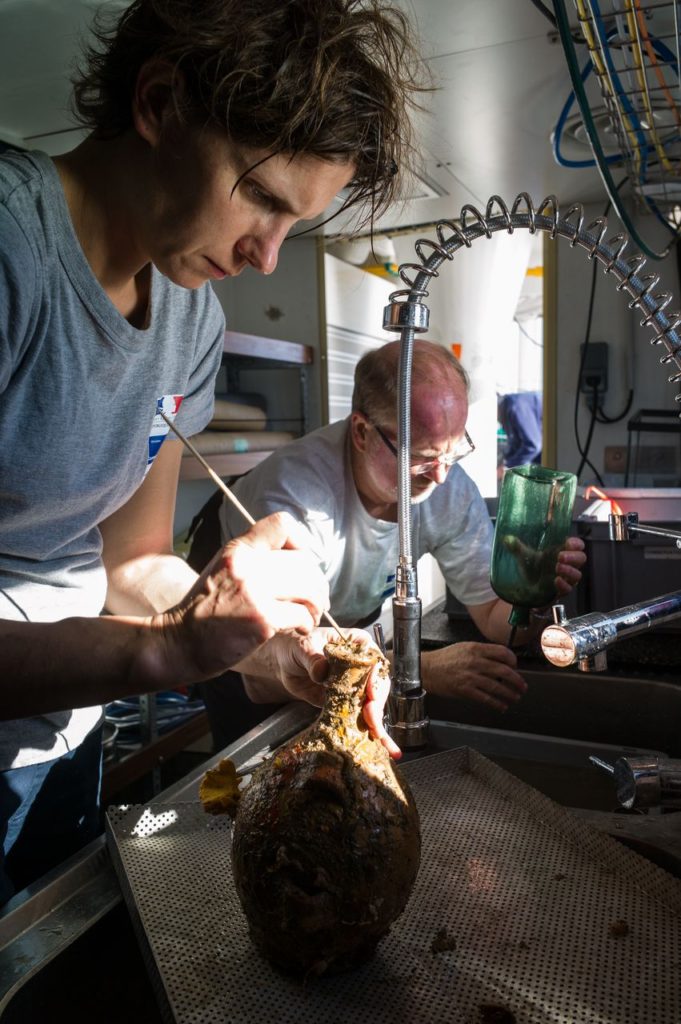
Photos © Teddy Séguin/ Frédéric Osada/ DRASSM/Images Explorations
UM podcasts are now available on your favorite platforms (Spotify, Deezer, Apple podcasts, Amazon Music...).